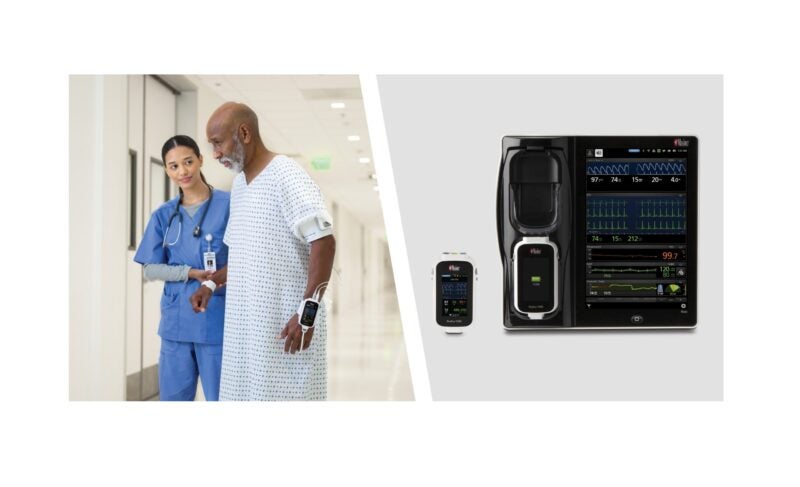
Masimo has secured the 510(k) clearance from the US Food and Drug Administration (FDA) for Radius VSM, a patient-worn continuous multi-parameter vital signs monitor.
Radius VSM, which is built on a modular platform, enables doctors to track a wide range of physiological parameters, such as noninvasive blood pressure, temperature, respiration rate, electrocardiography (ECG), and Masimo SET pulse oximetry, said Masimo.
The US-based medical technology company has designed the wearable vital sign monitor to enable ambulation and movement while ensuring that patients are monitored continuously.
Radius VSM is said to combine the convenience and independence of a wearable device with the dependability and accuracy of bigger bedside monitors.
Using the adaptability and expansion capabilities, the vital signs monitor can be scaled to match each patient’s specific monitoring requirements and level of acuity across the continuum of care and to handle spikes in patient volume.
Masimo founder and CEO Joe Kiani said: “Radius VSM’s unique scalability, versatility, advanced connectivity, and broad range of accurate and automated continuous measurements – all in a wearable device that can be quickly and easily deployed anywhere in the hospital – make it a game-changing tool for clinicians everywhere.
“Doctors, nurses, and patients in Europe are already experiencing the advantages of Radius VSM and we are excited to share them with U.S. hospitals now too.”
According to the medical technology company, Radius VSM as a modular device enables clinicians to quickly add or remove measurement technologies to match each monitoring scenario and provide more individualised care.
It can function as a self-contained device as it has a built-in multi-touch LED display that shows waveform and parameter trend data, and a rechargeable battery along with a visual and auditory alarm.
Radius VSM can also connect wirelessly to Masimo bedside monitors, such as Root, and the Masimo Hospital Automation platform.
This streamlines clinical workflows by automating the transfer of patient data to remote monitoring systems, such as Masimo Patient SafetyNet and electronic medical records (EMRs), the medical technology firm added.
Additionally, the device can be used as a component of a patient surveillance system to make fresh physiological data accessible to clinicians in the hospital.






